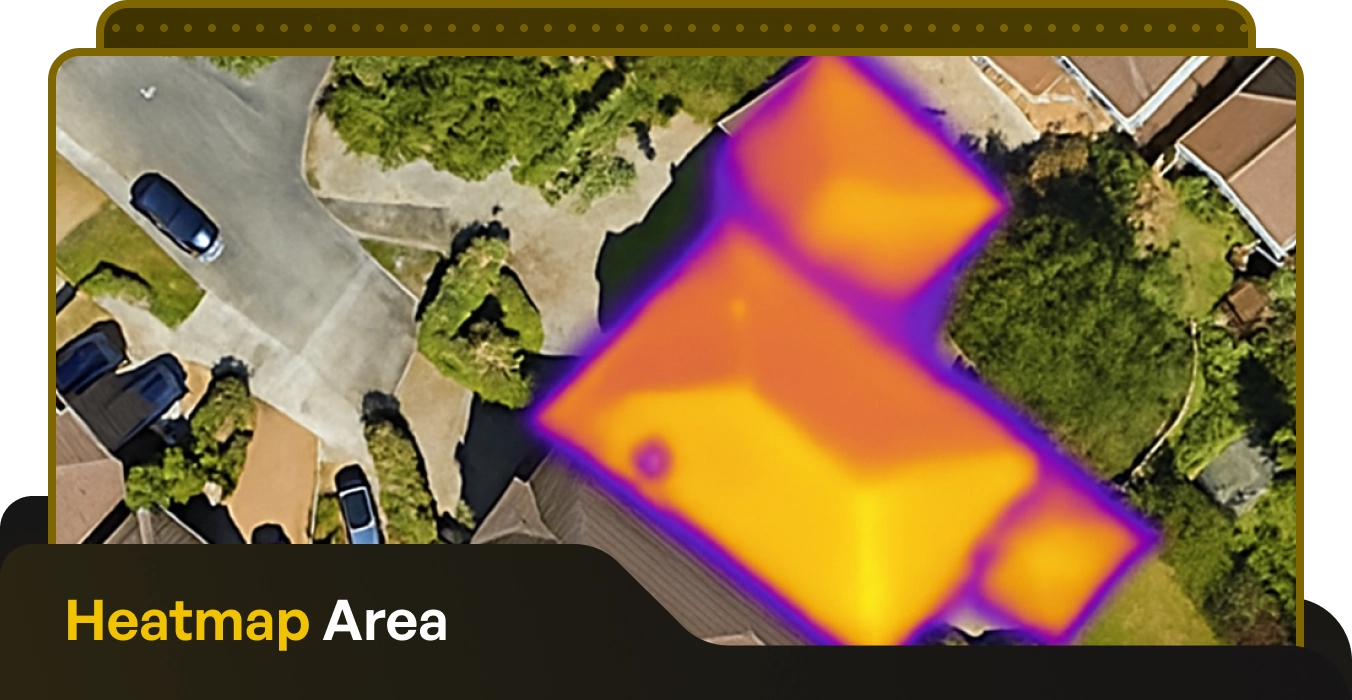The World’s 20 Most Expensive Buildings – How Sustainable Are They?

Written by: Michael Malone
Published: September 30, 2024
Last updated: October 8, 2025
Reading time: 7 mins
Constructing lavish, multi-story casinos, high-end resorts and financial hubs can amount to billions of euros – and many luxury 21st century buildings have been much more expensive than originally planned.
In countries like Singapore, Saudi Arabia, the UAE and China, there seems to be no shortage of funds for extravagant buildings. Hundreds of millions, often billions, are routinely spent on dazzling developments, such as Emirates Palace in Abu Dhabi with its gold and marble interior, or Venetian Macau, a development modelled on Venice with its own canal network.
The 20 Most Expensive Buildings in 2024
This page explores these expensive and often spectacular buildings, outlining the measures they have taken – if any – to promote sustainability and reduce their impact on the environment. Let’s explore the 20 most expensive buildings on Earth.
20. The New Children’s Hospital, Dublin (€2.2 billion+)
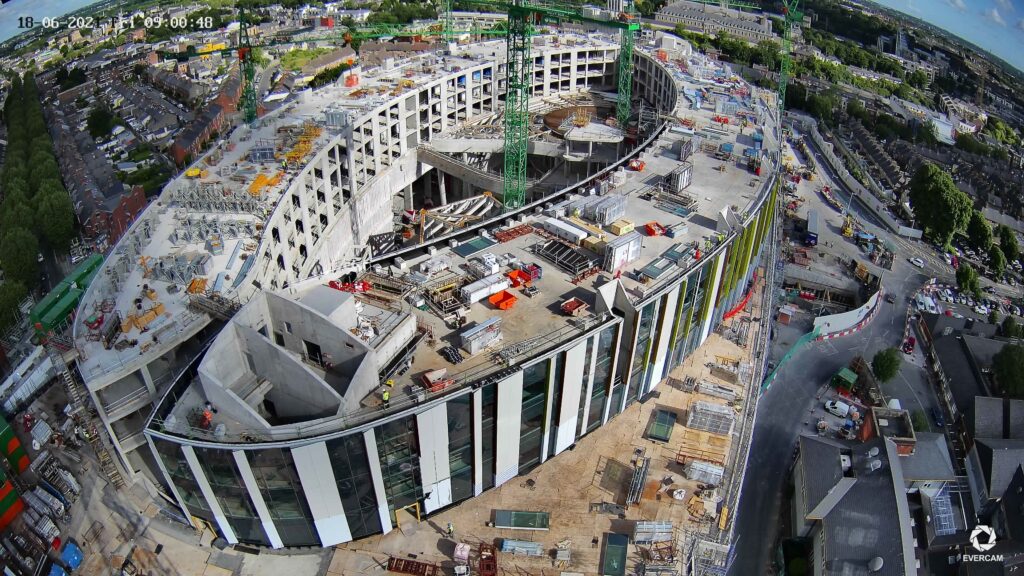
The new children’s hospital in Ireland will provide state-of-the-art healthcare services for paediatric patients, with over 6,000 beds and 14 gardens. However, it could be 2026 before the all-digital hospital opens.
It is expected that its energy usage will be 60% to 70% less per square metre than existing children’s hospitals. Ventilation is natural where possible but there are limitations to the measures that can be taken by a hospital. For example, a helipad restricts a rooftop solar panel system, and boreholes cannot be used to take water directly out of the ground.
Other Expensive Hospitals
The children’s hospital is now the second most expensive building in Europe after the Palace of the Parliament in Bucharest, Romania, and it is the only hospital on the top 20 list.
The most expensive hospital in the world currently in operation, The Royal Adelaide Hospital in Australia, just missed out though, costing around €2 billion when it opened in 2017. The RAH, as it’s known, has strict energy reporting strategies in place to monitor energy consumption.
The Karolinska University Hospital in Sweden, criticised for its own spiralling costs, mismanagement and poor planning, became the most expensive hospital in Europe in 2018, costing €1.7 billion – before being overtaken by the new children’s hospital in Dublin.
19. City of Dreams, Macau (€2.28 billion)
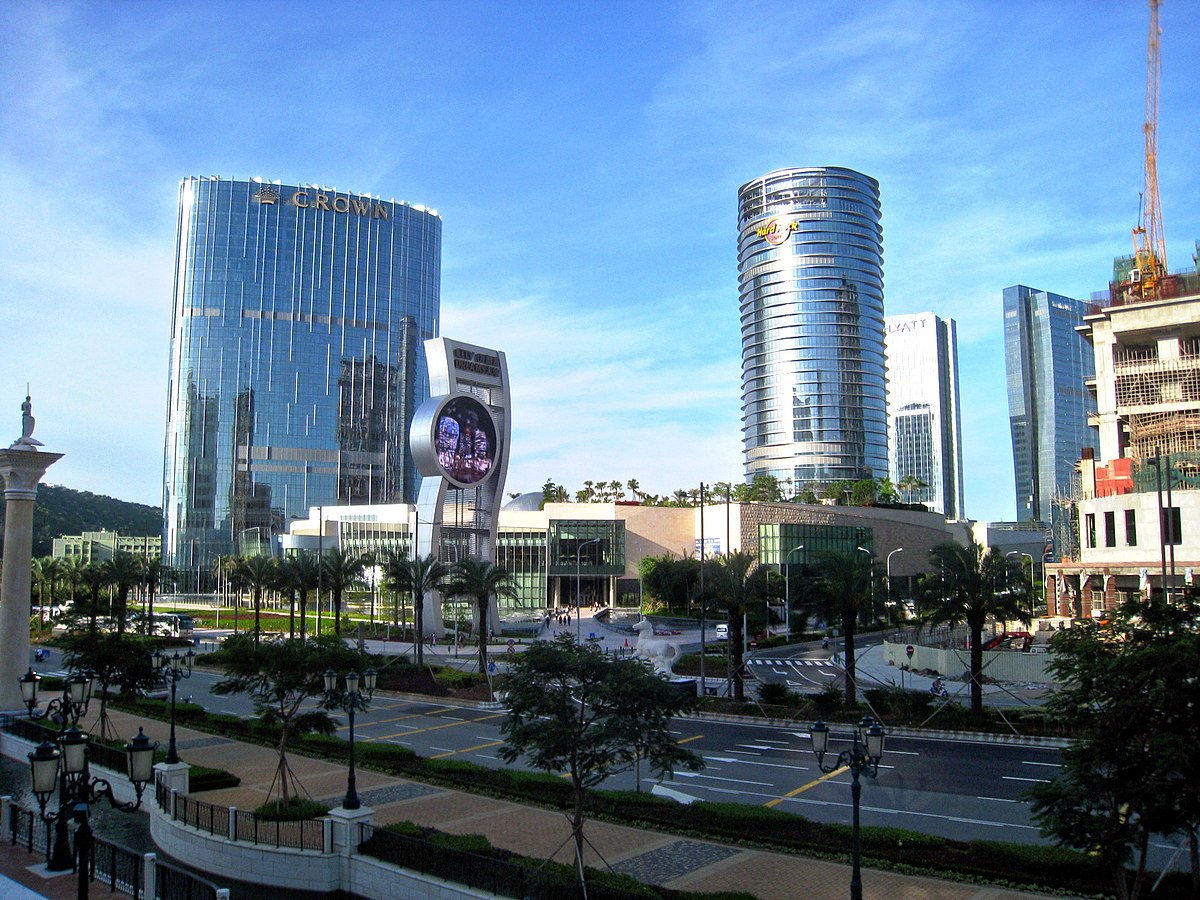
Macau, dubbed the Las Vegas of the East, has 3 entries on this list – and all are luxury resorts. The first is the City of Dreams, featuring hotels, a casino, and an entertainment complex.
In 2019, owners Melco Resorts partnered with local solar PV installers to implement the largest array of solar panels in Macau – with 18,000 solar PV panels covering 30,000 square metres of roof space at City of Dreams and Studio City.
18. Venetian Macau (€2.3 billion)
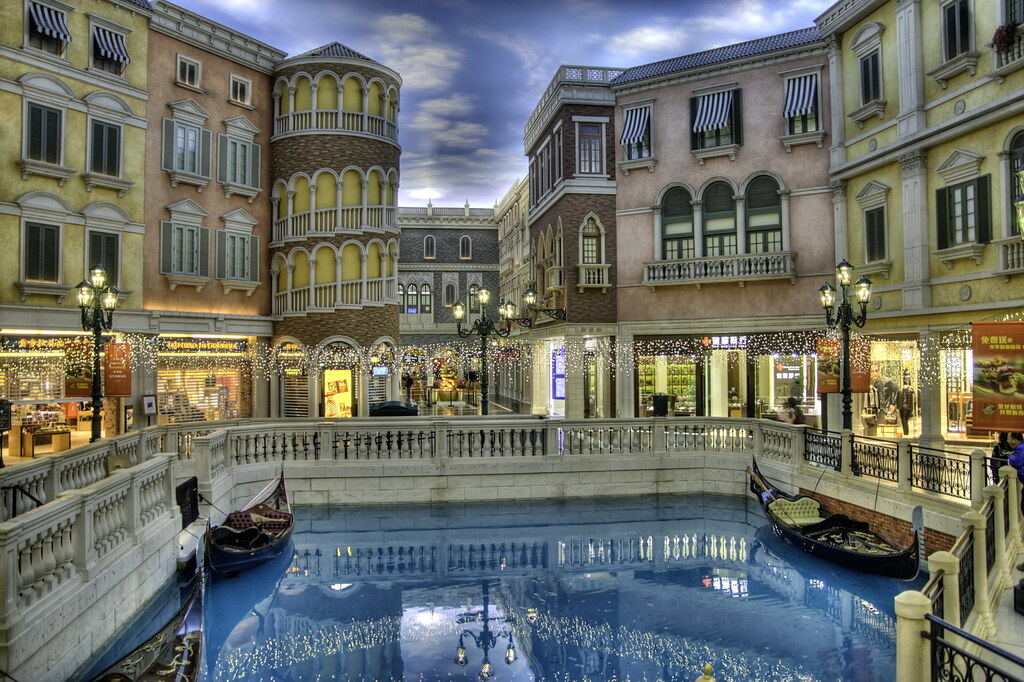
Venetian Macau attempts to replicate the charm of Venice, complete with canals and gondolas. The stunning resort offers luxury accommodation to visitors from across the world, a huge casino, high-end shopping, and no shortage of dining options.
The resort is taking some small positive sustainability actions, and was added to the Dow Jones Sustainability Indices for successes in areas like biodiversity and food waste. In 2024, Sands China partnered with Cotai Water Jet in an initiative designed to offset the carbon emissions produced during passengers’ journeys through donations on the first day of each month.
Antilia, Mumbai (€2.35 billion)
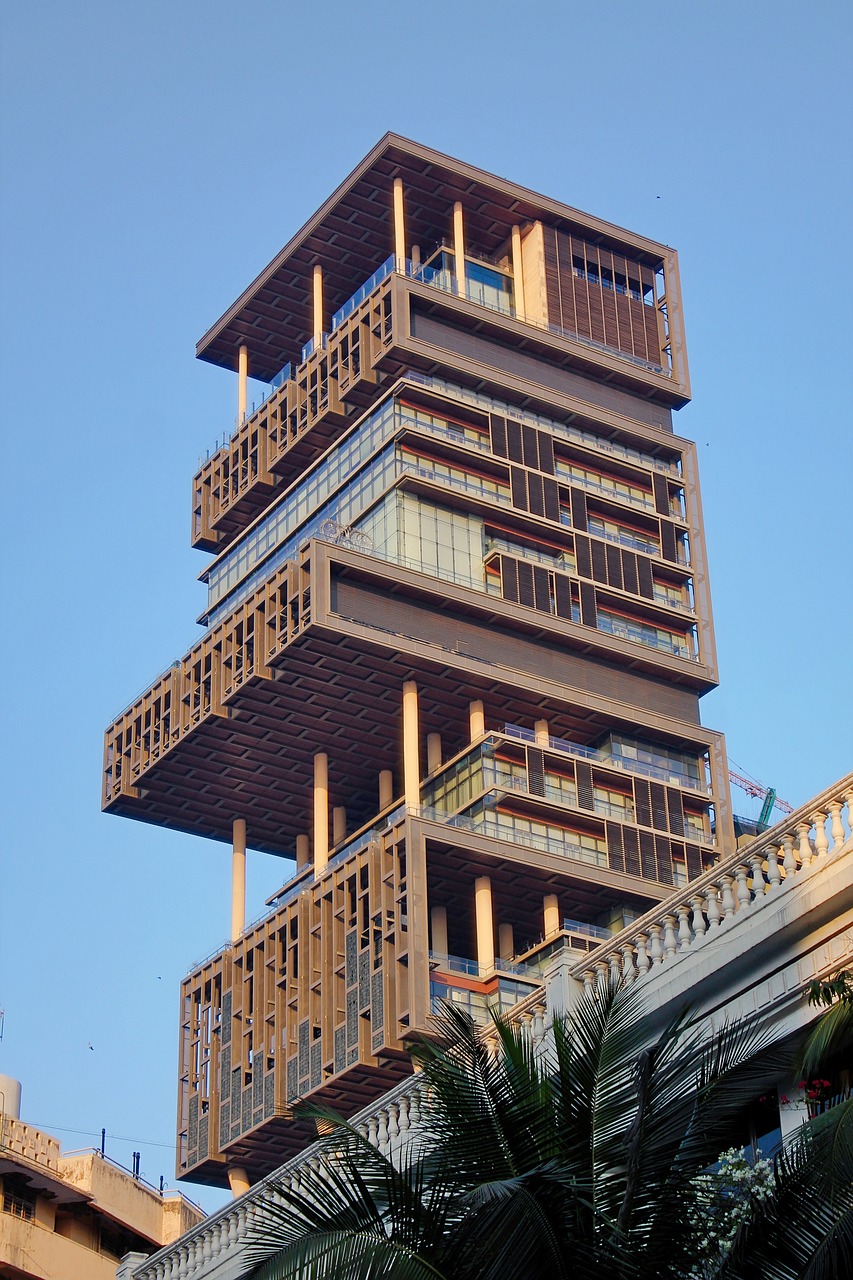
Antilia is the home of billionaire Mukesh Dhirubhai Ambani and his family in Mumbai, India. With three helipads and 600 staff, the skyscraper features luxurious amenities, including a health spa and multiple swimming pools.
Reports in India suggest Antilia is a heavy energy guzzler – with extraordinary electricity bills of around €70,000 per month. This means the building consumes the power of around 7,000 households in Mumbai.
16. Central Boulevard Towers, Singapore (€2.39 billion)
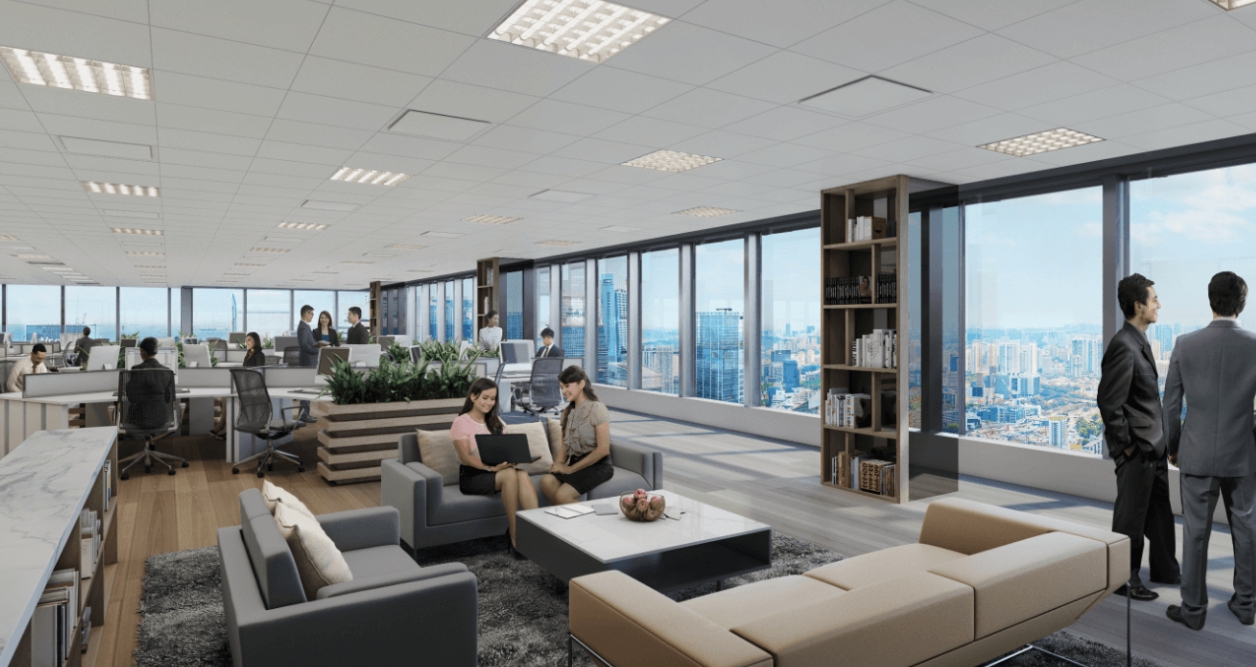
Singapore has a few of the world’s most expensive buildings. Central Boulevard Towers in Singapore is a mixed-use development with offices and retail areas, contributing to the city’s world-famous skyline with its modern design.
Solar panels have been installed at a number of locations at IOC Central Boulevard Towers, including IOI City Mall, which boasts 8,910 solar PV modules.
15. Wynn Resort, Las Vegas, USA (€2.57 billion)
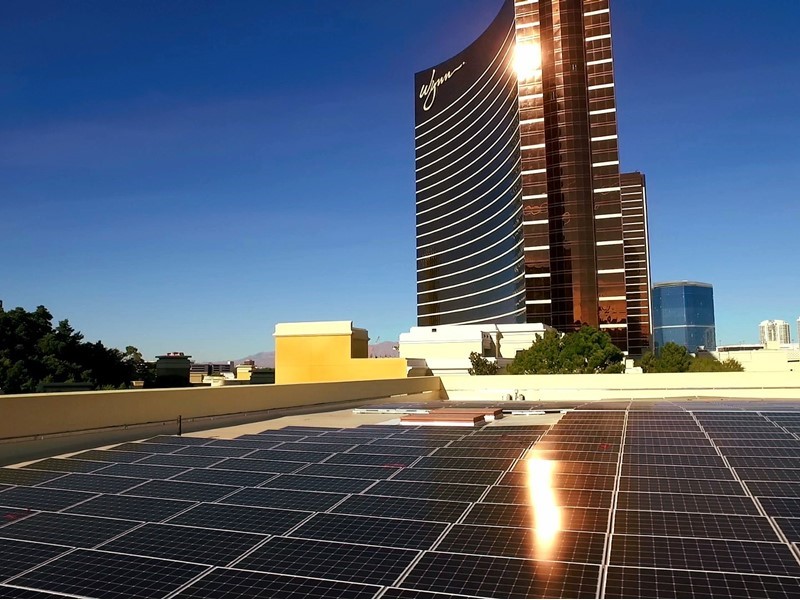
Steve Wynn’s lavish hotels and casinos are known across the world – and probably none more so than Wynn Resort in Las Vegas. The luxury hotel and casino offers an extravagant experience for guests.
The Wynn Solar Facility was installed in 2018 covering almost 10,000 square metres, cutting out 33,734 metric tonnes of CO2. Wynn also has a 27 MW solar park in Nevada.
14. Palace of the Parliament, Bucharest Romania (€2.85 billion)
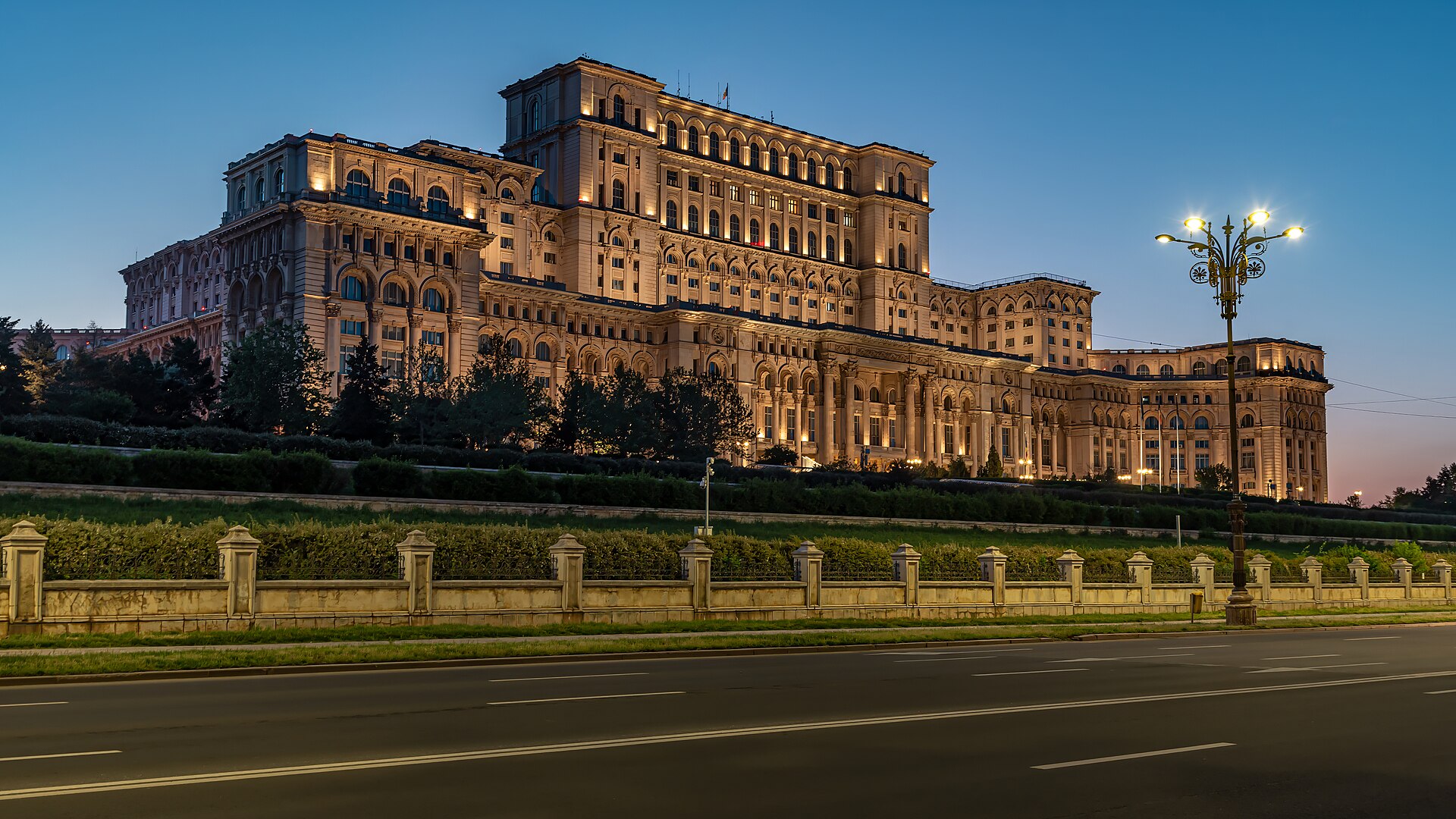
Bucharest’s Palace of the Parliament, or Casa Republicii, is Europe’s largest building – and the most expensive. The colossal structure, ordered by Romania’s last communist leader Nicolae Ceaușescu, has beautiful architecture and mind-blowing interiors. As well as being one of the most expensive buildings on the planet, it is also one of the heaviest at over 4 million tonnes.
In 2016, the National Geographic reported that it cost $6 million to power the building. NatGeo claimed the palace’s 18 elevators consumed 50 kWh each, around twice as much as normal. But in 2022, the Parliament decided to make some small changes – it is now only lit up for two hours during the night and the building switched to LED bulbs.
13. Emirates Palace, Abu Dhabi, UAE (€2.9 billion)
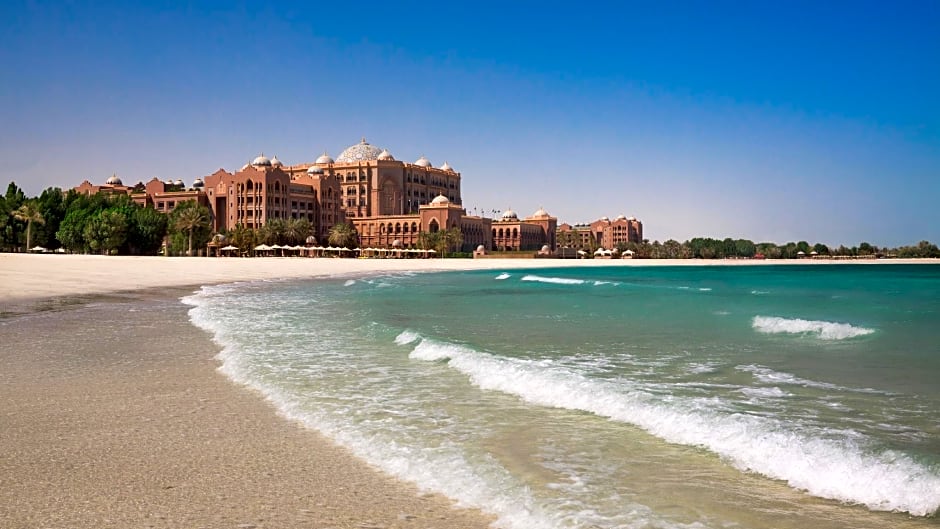
Emirates Palace in Abu Dhabi is a luxury hotel that is designed to show off the best of Arabian hospitality. Adorned with extravagant interiors of gold and marble and stunning exterior architecture, the hotel offers an extensive range of amenities, including private beaches and fine dining.
12. Lotte World Tower, Seoul, Republic of Korea (€2.95 billion)
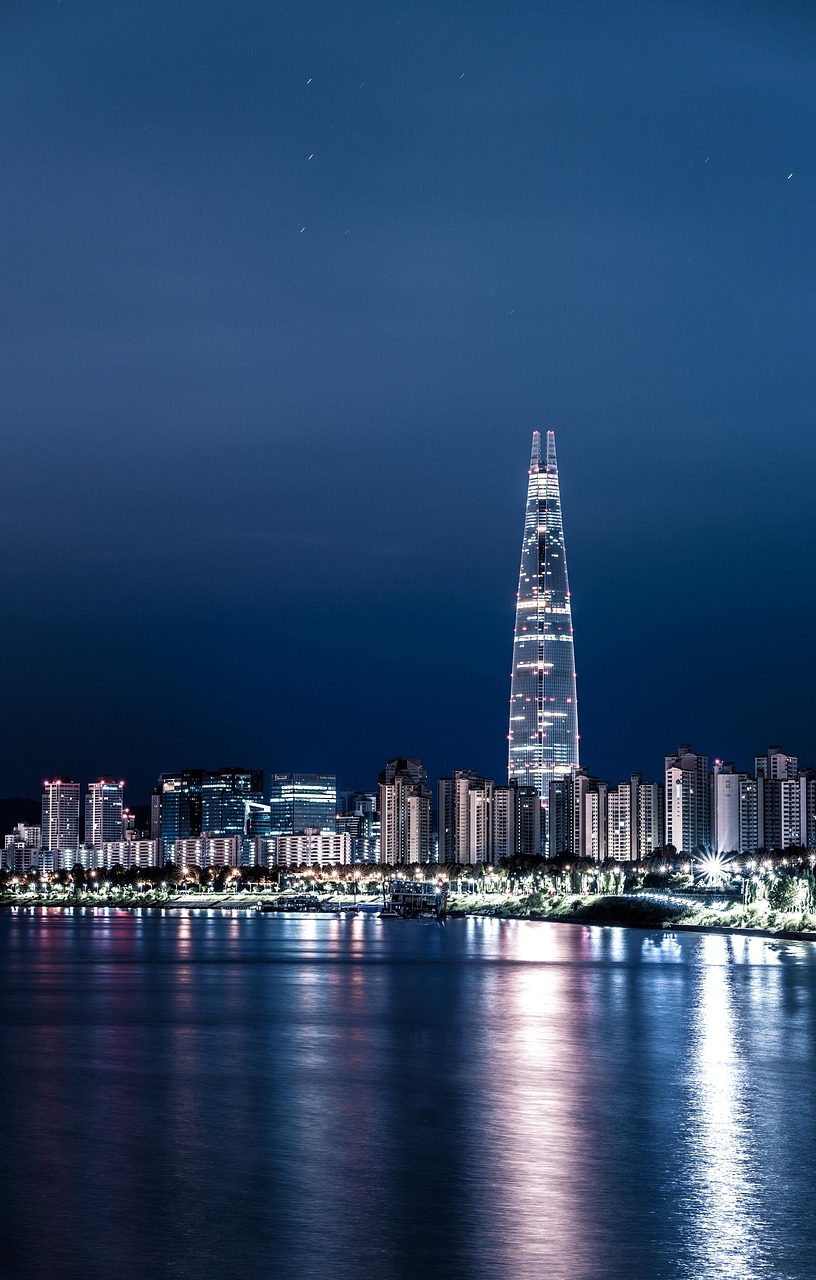
Lotte World Tower in Seoul is a stunning skyscraper which is the sixth tallest building in the world at 555 metres. This lanky but elegant development which opened to the public in 2017 includes luxury retail, hotels, office spaces, and breathtaking panoramic views of the Korean capital.
The tower is praised for its renewable energy initiatives, with the Lotte World Tower Energy Center – the largest hydro thermal energy facility in Korea. This lowers energy consumption by more than a third.
11. One World Trade Center, New York City (€3.61 billion)
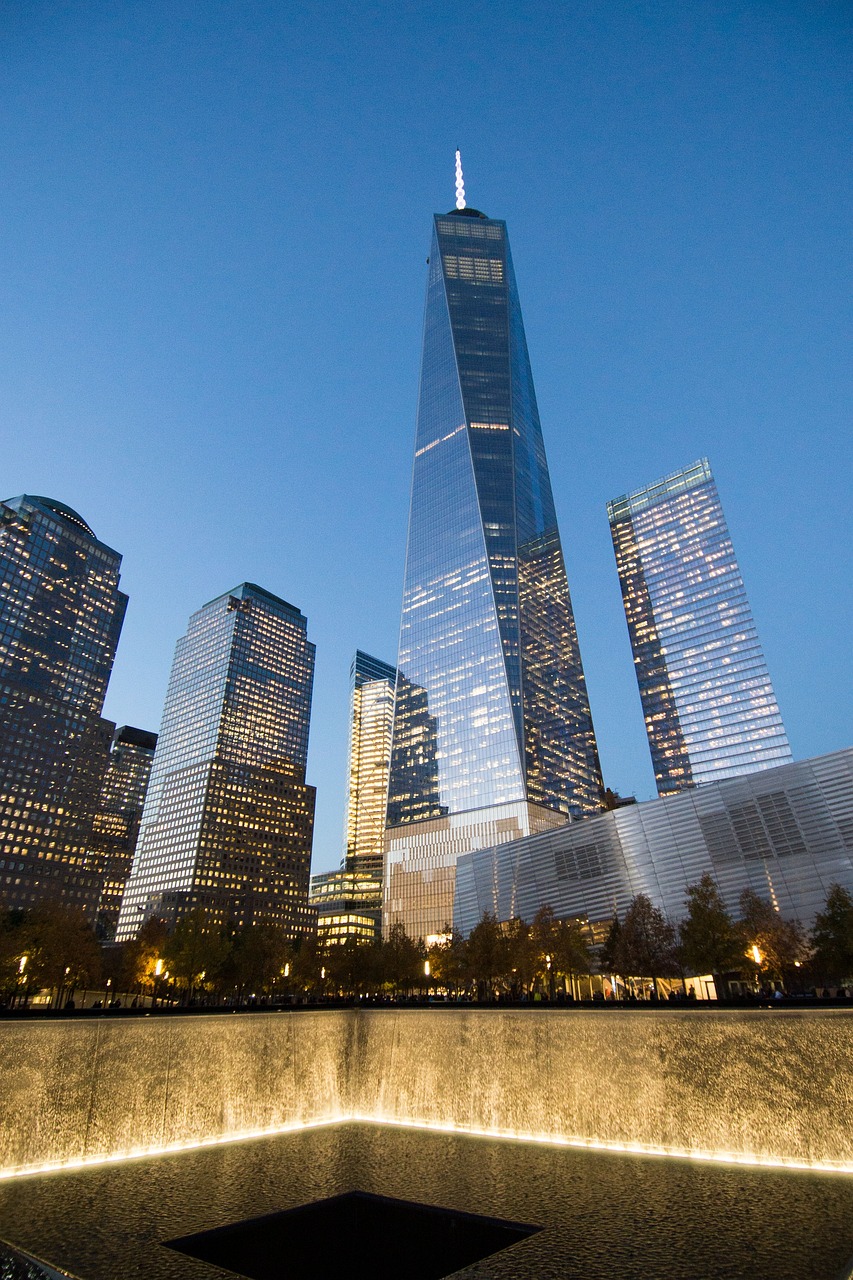
One World Trade Center (or Freedom Tower) in New York City is the main building of the rebuilt World Trade Center complex and the tallest building in the Americas. The skyscraper features modern architecture and state-of-the-art facilities, offering stunning views from its observation deck.
Thousands of LED lights were installed in the building in 2023, and windows are designed to be as energy efficient as possible. In 2016, the One World Trade Centre achieved a LEED Gold rating for its success in the areas such as energy, lighting and water.
10. Asia Square, Singapore (€3.86 billion)
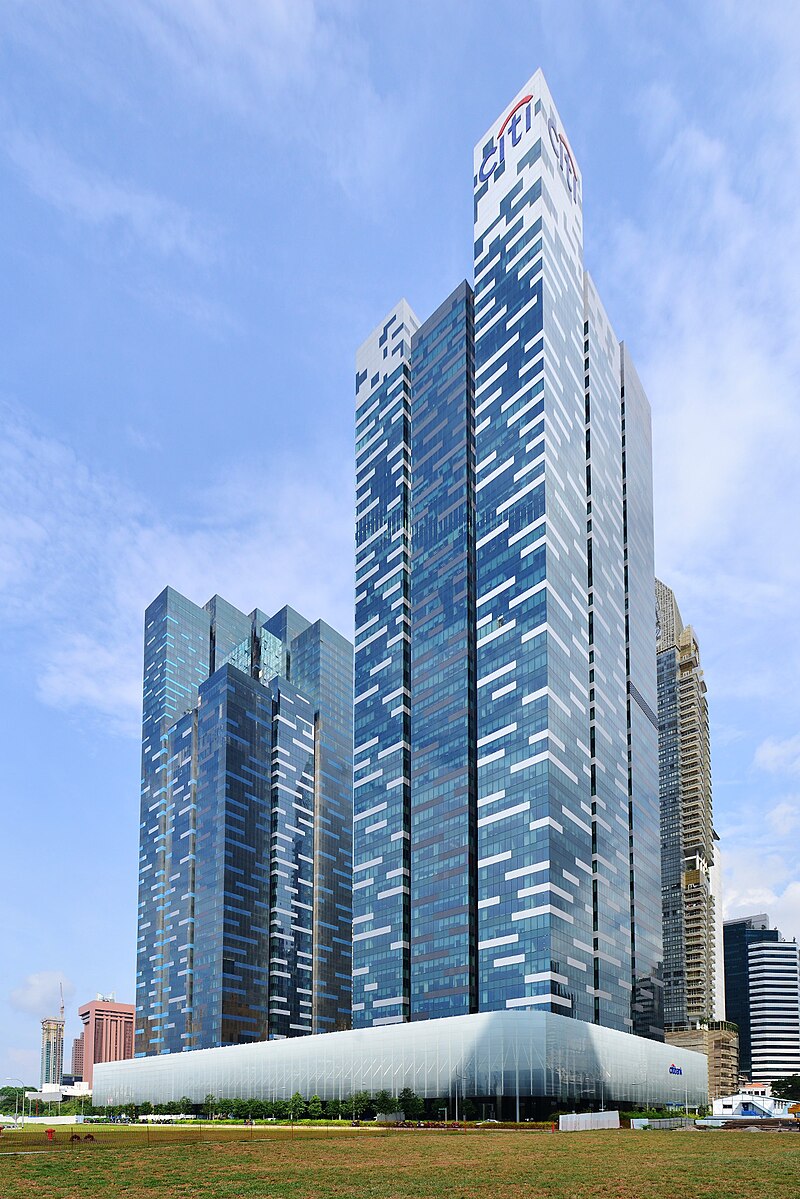
Asia Square in Singapore is a vast development that includes office spaces, retail areas, and hotels. Its location and design make it a key destination for business and leisure in the city.
Asia Square is serious about energy efficiency – solar panels (224 kWp) cover the entire roof, the largest commercial solar PV installation on an office development in Singapore. In 2012, Asia Square won the Asia award from the KNX association for its lighting management system.
9. The Cosmopolitan, Las Vegas (€3.9 billion)
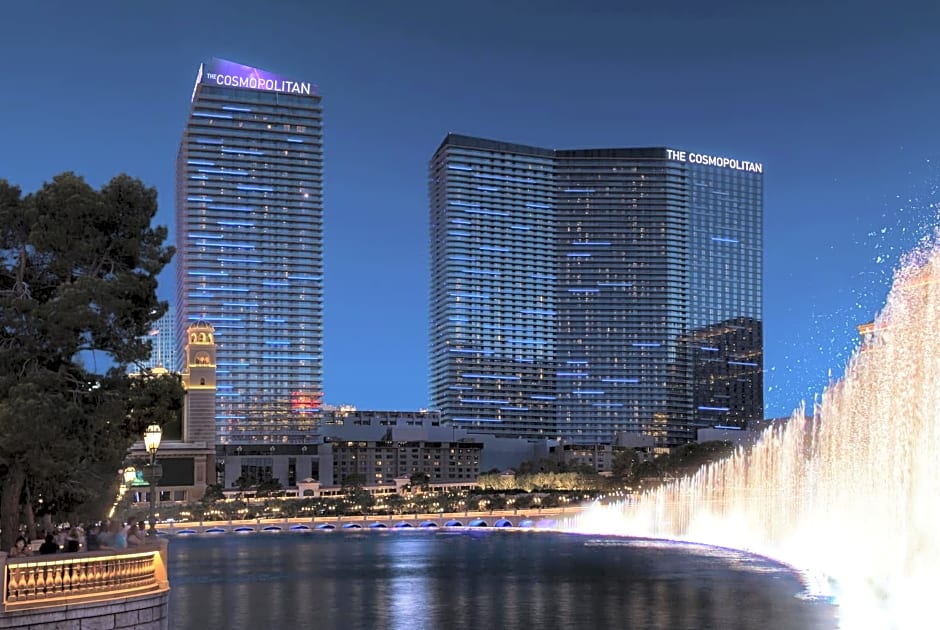
The Cosmopolitan in Las Vegas is a luxurious resort known for its vibrant atmosphere. The resort is known for its high-end dining, a lively casino, and stylish accommodation, becoming a popular destination for both tourists and Las Vegans.
The Cosmopolitan almost abandoned its energy provider NV Energy in 2022 before ultimately deciding to remain with the company. In response to the U-turn, the CEO of NV Energy hinted at improving their renewable energy offering and energy efficiency products.
8. Wynn Palace, Macau (€3.99 billion)
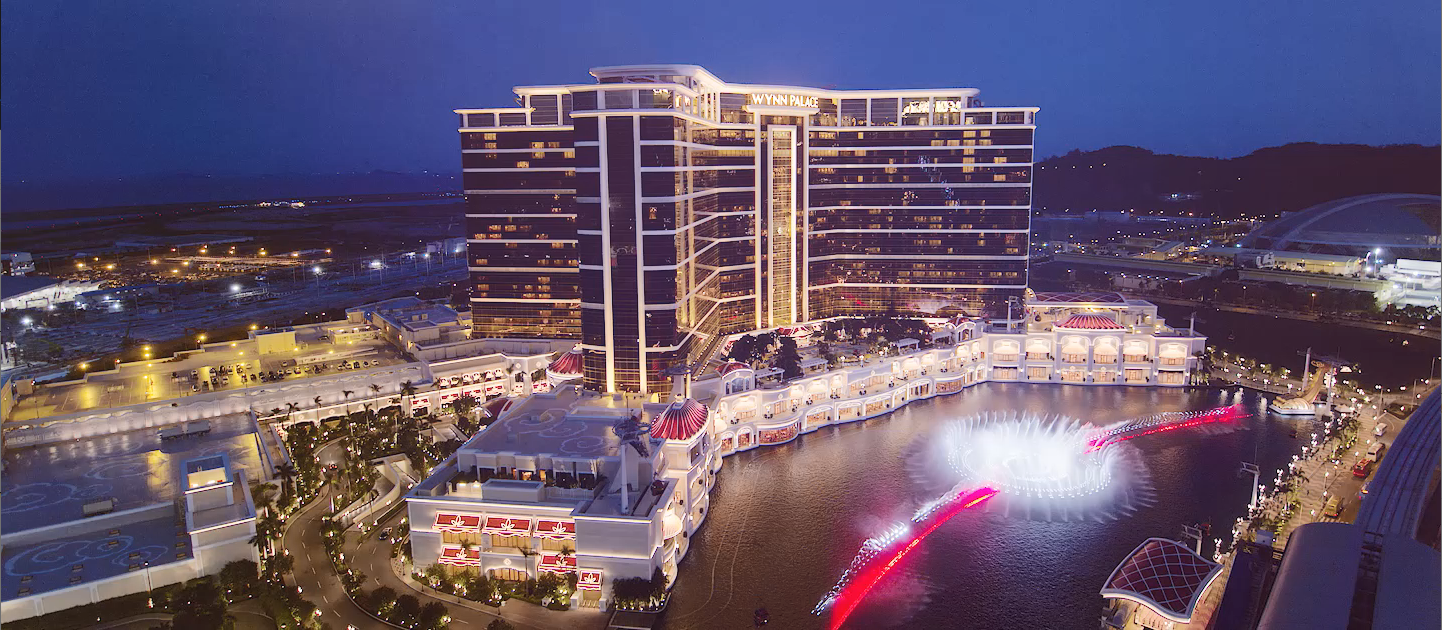
Wynn Palace in Macau is a luxury building known for its attention to detail and guest experience. It offers guests who can afford it plenty of high-end dining options, a world-class casino, and beautiful gardens.
7. Resorts World Sentosa, Singapore (€4.69 billion)
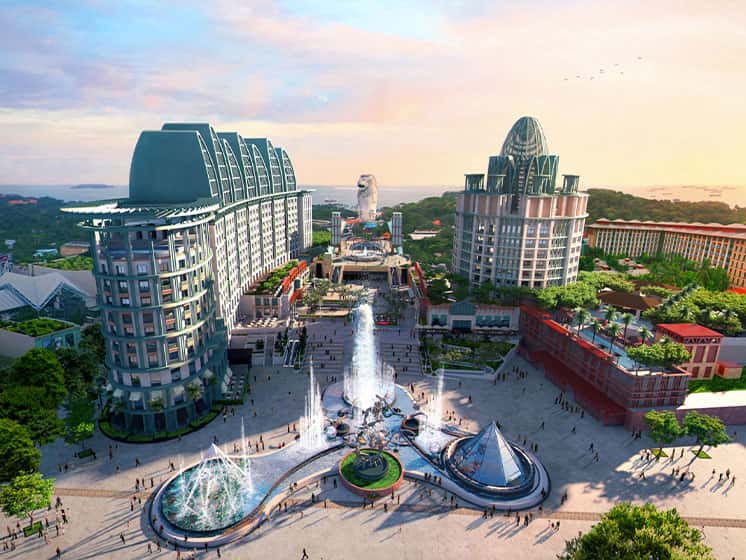
Resorts World Sentosa is another colossal integrated resort in Singapore that includes a casino, theme park, luxury hotels, and a variety of dining options. It is one of Asia’s most popular destinations for entertainment and leisure, attracting millions of visitors each year.
Resorts World Sentosa is committed to carbon neutrality by 2030 and making other eco-friendly improvements in its water usage and waste. To achieve this RWS has installed solar panels on its rooftops – and the group now has one of the largest solar panel networks in Singapore.
6. Apple Park, California, USA (€4.75 billion)
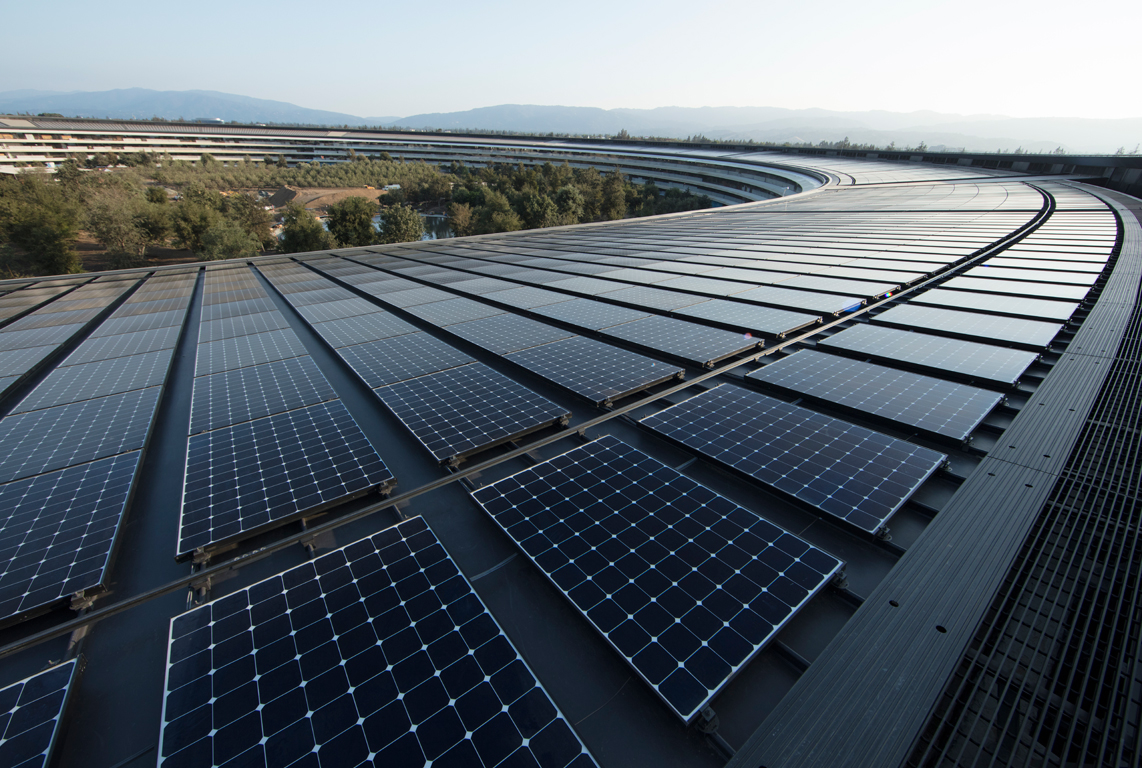
From a distance, the corporate headquarters of Apple Inc. in Cupertino, California looks more like an Irish ringfort than a tech hub.
This unique circular campus is also designed with sustainability in mind, surrounded by green spaces with trees indigenous to the Cupertino area. Apple Park is powered by 100% renewable electricity from sources such as its 17 MW of rooftop solar PV installation and 4 MW of biogas fuel cells.
5. Marina Bay Sands, Singapore (€5.23 billion)

Another resort featuring a hotel, casino, shopping mall, Marina Bay Sands even has a rooftop infinity pool. Known for its striking architectural design, it also offers breathtaking views of the city skyline.
Since 2014, Marina Bay Sands has reduced its carbon footprint by 24.4%. A 145 kWp solar power system sits on top of Sands SkyPark with 536 modules covering 880 m2. The solar PV array generates around 150,000 kWh of solar energy each year.
4. SoFi Stadium, California, USA (€5.23 billion)
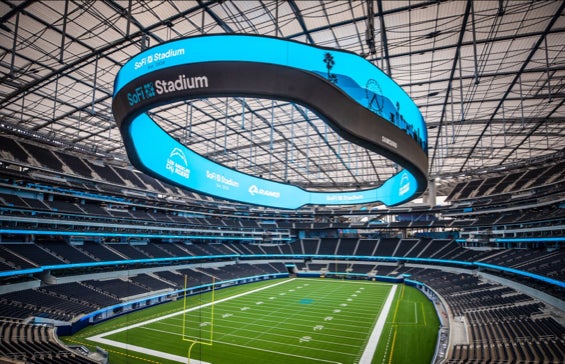
SoFi Stadium in Inglewood, California, is the epitome of a modern sports arena. The multi-purpose stadium opened in 2020, and hosted the Super Bowl in 2022. It is scheduled to host eight matches at the 2026 World Cup. With a unique design and advanced technology, the stadium provides an immersive experience for fans and is home to the NFL’s Los Angeles Rams and Chargers.
3. Marina One (€5.5 billion)
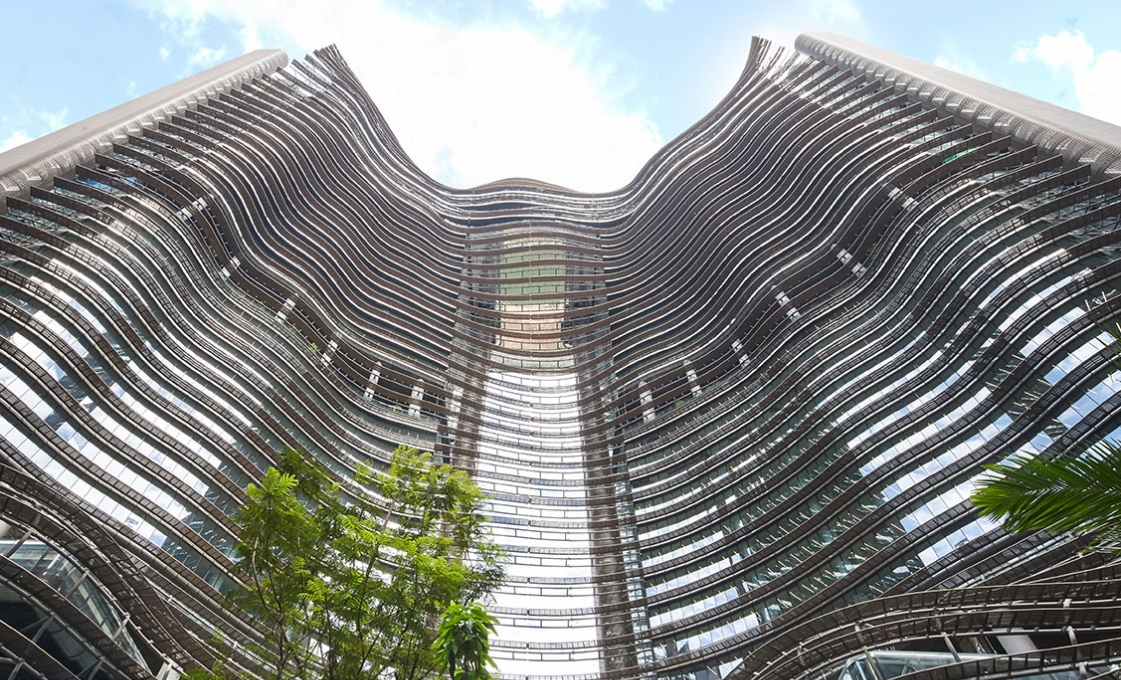
Marina One, offering office space, residences and retail units, stands out for its ‘City in a Garden’ concept. The complex is built with sustainability in mind, with LEED Platinum and Green Mark Platinum ratings. It’s certainly one of the greener buildings on the most expensive list with its central garden, with two neighbouring parks flanking either side of the development.
Other measures taken by developers include LED lighting controlled by sensors, and regenerative lift braking LED lighting. The building’s optimised orientation also reduces glare and heat gain in office space by up to 20%.
2. The Clock Towers, Saudi Arabia (€15.2 billion)
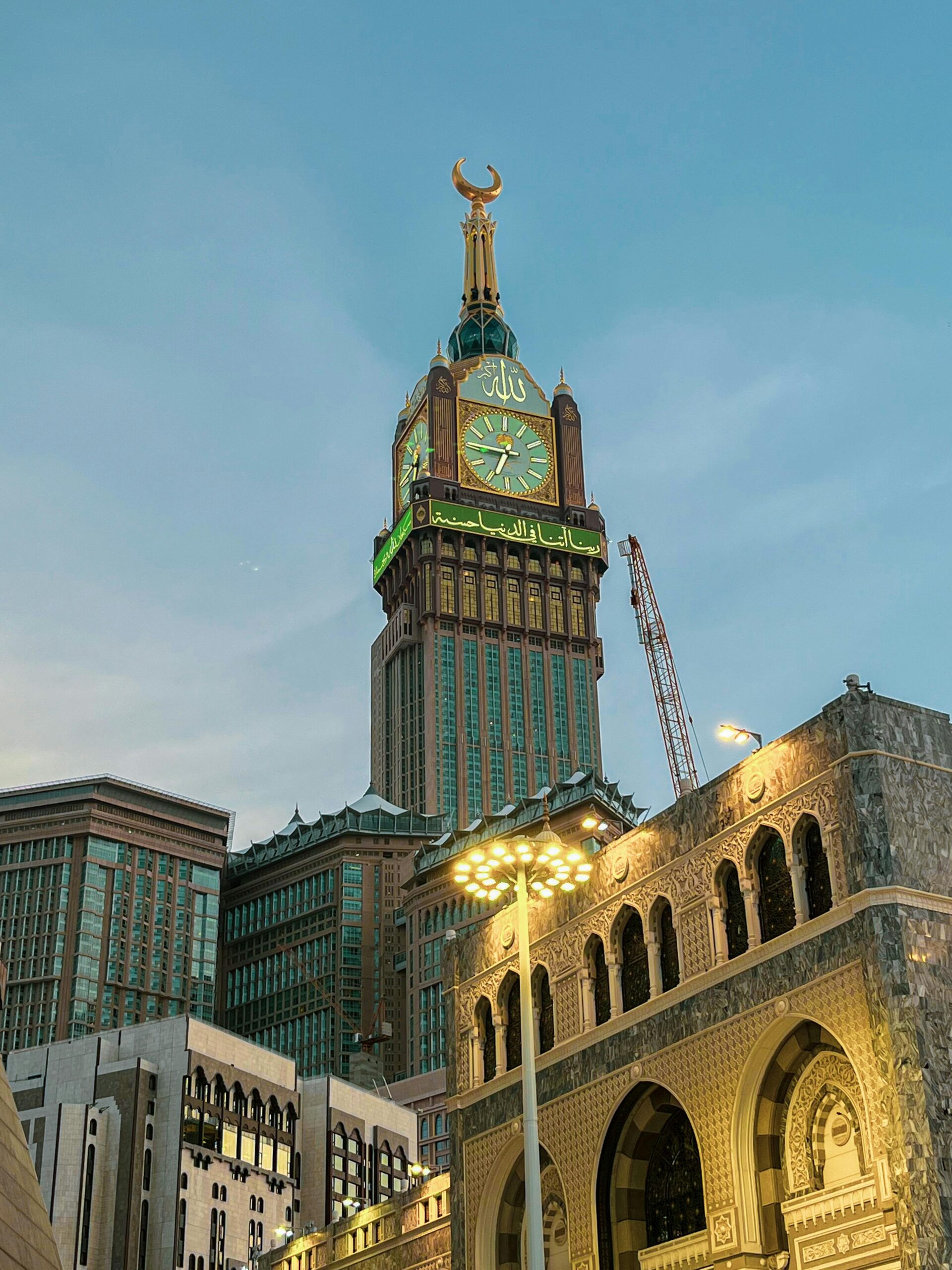
The Clock Towers (or Abraj Al Bait) in Mecca, Saudi Arabia, is a complex which is known for having the world’s tallest clock tower, and is located just 300 metres from the Great Mosque of Mecca. The building serves as a luxury hotel and shopping centre, designed to accommodate the millions of pilgrims who visit the city each year for Hajj.
1. The Great Mosque of Mecca (€114 billion)

Unrivalled at number one is the holiest site in Islam, The Great Mosque of Mecca – Masjid al-Haram. The mosque surrounds the Kaaba and is visited by millions of Muslims during the Hajj pilgrimage every year. The Masjid features stunning Islamic and Arabic architecture and continuous expansions are further enhancing its capacity to accommodate pilgrims.
Final Considerations
There is a clear and growing trend towards sustainability in high-end buildings, as this list shows. Many luxury buildings are integrating green technologies and sustainable practices to lessen their environmental impact. These initiatives include the use of energy-efficient systems, eco-friendly materials, and innovative designs that reduce waste. Some buildings are achieving LEED certification – a globally recognized sustainability accolade. However, while not all high-end buildings can be like Apple Park, many have done less than the bare minimum in terms of sustainability.
NB: This list does not include power plants or developments which have numerous standalone and self-contained buildings. It instead focuses primarily on individual buildings, and complexes where a smaller number of detached buildings can be clearly grouped together by proximity, construction and function.
The World’s 20 Most Expensive Buildings – How Sustainable Are They?
Published: September 30, 2024
Last updated: October 8, 2025

Written by: Michael Malone
Reading time: 7mins
Constructing lavish, multi-story casinos, high-end resorts and financial hubs can amount to billions of euros – and many luxury 21st century buildings have been much more expensive than originally planned.
In countries like Singapore, Saudi Arabia, the UAE and China, there seems to be no shortage of funds for extravagant buildings. Hundreds of millions, often billions, are routinely spent on dazzling developments, such as Emirates Palace in Abu Dhabi with its gold and marble interior, or Venetian Macau, a development modelled on Venice with its own canal network.
The 20 Most Expensive Buildings in 2024
This page explores these expensive and often spectacular buildings, outlining the measures they have taken – if any – to promote sustainability and reduce their impact on the environment. Let’s explore the 20 most expensive buildings on Earth.
20. The New Children’s Hospital, Dublin (€2.2 billion+)

The new children’s hospital in Ireland will provide state-of-the-art healthcare services for paediatric patients, with over 6,000 beds and 14 gardens. However, it could be 2026 before the all-digital hospital opens.
It is expected that its energy usage will be 60% to 70% less per square metre than existing children’s hospitals. Ventilation is natural where possible but there are limitations to the measures that can be taken by a hospital. For example, a helipad restricts a rooftop solar panel system, and boreholes cannot be used to take water directly out of the ground.
Other Expensive Hospitals
The children’s hospital is now the second most expensive building in Europe after the Palace of the Parliament in Bucharest, Romania, and it is the only hospital on the top 20 list.
The most expensive hospital in the world currently in operation, The Royal Adelaide Hospital in Australia, just missed out though, costing around €2 billion when it opened in 2017. The RAH, as it’s known, has strict energy reporting strategies in place to monitor energy consumption.
The Karolinska University Hospital in Sweden, criticised for its own spiralling costs, mismanagement and poor planning, became the most expensive hospital in Europe in 2018, costing €1.7 billion – before being overtaken by the new children’s hospital in Dublin.
19. City of Dreams, Macau (€2.28 billion)

Macau, dubbed the Las Vegas of the East, has 3 entries on this list – and all are luxury resorts. The first is the City of Dreams, featuring hotels, a casino, and an entertainment complex.
In 2019, owners Melco Resorts partnered with local solar PV installers to implement the largest array of solar panels in Macau – with 18,000 solar PV panels covering 30,000 square metres of roof space at City of Dreams and Studio City.
18. Venetian Macau (€2.3 billion)

Venetian Macau attempts to replicate the charm of Venice, complete with canals and gondolas. The stunning resort offers luxury accommodation to visitors from across the world, a huge casino, high-end shopping, and no shortage of dining options.
The resort is taking some small positive sustainability actions, and was added to the Dow Jones Sustainability Indices for successes in areas like biodiversity and food waste. In 2024, Sands China partnered with Cotai Water Jet in an initiative designed to offset the carbon emissions produced during passengers’ journeys through donations on the first day of each month.
Antilia, Mumbai (€2.35 billion)

Antilia is the home of billionaire Mukesh Dhirubhai Ambani and his family in Mumbai, India. With three helipads and 600 staff, the skyscraper features luxurious amenities, including a health spa and multiple swimming pools.
Reports in India suggest Antilia is a heavy energy guzzler – with extraordinary electricity bills of around €70,000 per month. This means the building consumes the power of around 7,000 households in Mumbai.
16. Central Boulevard Towers, Singapore (€2.39 billion)

Singapore has a few of the world’s most expensive buildings. Central Boulevard Towers in Singapore is a mixed-use development with offices and retail areas, contributing to the city’s world-famous skyline with its modern design.
Solar panels have been installed at a number of locations at IOC Central Boulevard Towers, including IOI City Mall, which boasts 8,910 solar PV modules.
15. Wynn Resort, Las Vegas, USA (€2.57 billion)

Steve Wynn’s lavish hotels and casinos are known across the world – and probably none more so than Wynn Resort in Las Vegas. The luxury hotel and casino offers an extravagant experience for guests.
The Wynn Solar Facility was installed in 2018 covering almost 10,000 square metres, cutting out 33,734 metric tonnes of CO2. Wynn also has a 27 MW solar park in Nevada.
14. Palace of the Parliament, Bucharest Romania (€2.85 billion)

Bucharest’s Palace of the Parliament, or Casa Republicii, is Europe’s largest building – and the most expensive. The colossal structure, ordered by Romania’s last communist leader Nicolae Ceaușescu, has beautiful architecture and mind-blowing interiors. As well as being one of the most expensive buildings on the planet, it is also one of the heaviest at over 4 million tonnes.
In 2016, the National Geographic reported that it cost $6 million to power the building. NatGeo claimed the palace’s 18 elevators consumed 50 kWh each, around twice as much as normal. But in 2022, the Parliament decided to make some small changes – it is now only lit up for two hours during the night and the building switched to LED bulbs.
13. Emirates Palace, Abu Dhabi, UAE (€2.9 billion)

Emirates Palace in Abu Dhabi is a luxury hotel that is designed to show off the best of Arabian hospitality. Adorned with extravagant interiors of gold and marble and stunning exterior architecture, the hotel offers an extensive range of amenities, including private beaches and fine dining.
12. Lotte World Tower, Seoul, Republic of Korea (€2.95 billion)

Lotte World Tower in Seoul is a stunning skyscraper which is the sixth tallest building in the world at 555 metres. This lanky but elegant development which opened to the public in 2017 includes luxury retail, hotels, office spaces, and breathtaking panoramic views of the Korean capital.
The tower is praised for its renewable energy initiatives, with the Lotte World Tower Energy Center – the largest hydro thermal energy facility in Korea. This lowers energy consumption by more than a third.
11. One World Trade Center, New York City (€3.61 billion)

One World Trade Center (or Freedom Tower) in New York City is the main building of the rebuilt World Trade Center complex and the tallest building in the Americas. The skyscraper features modern architecture and state-of-the-art facilities, offering stunning views from its observation deck.
Thousands of LED lights were installed in the building in 2023, and windows are designed to be as energy efficient as possible. In 2016, the One World Trade Centre achieved a LEED Gold rating for its success in the areas such as energy, lighting and water.
10. Asia Square, Singapore (€3.86 billion)

Asia Square in Singapore is a vast development that includes office spaces, retail areas, and hotels. Its location and design make it a key destination for business and leisure in the city.
Asia Square is serious about energy efficiency – solar panels (224 kWp) cover the entire roof, the largest commercial solar PV installation on an office development in Singapore. In 2012, Asia Square won the Asia award from the KNX association for its lighting management system.
9. The Cosmopolitan, Las Vegas (€3.9 billion)

The Cosmopolitan in Las Vegas is a luxurious resort known for its vibrant atmosphere. The resort is known for its high-end dining, a lively casino, and stylish accommodation, becoming a popular destination for both tourists and Las Vegans.
The Cosmopolitan almost abandoned its energy provider NV Energy in 2022 before ultimately deciding to remain with the company. In response to the U-turn, the CEO of NV Energy hinted at improving their renewable energy offering and energy efficiency products.
8. Wynn Palace, Macau (€3.99 billion)

Wynn Palace in Macau is a luxury building known for its attention to detail and guest experience. It offers guests who can afford it plenty of high-end dining options, a world-class casino, and beautiful gardens.
7. Resorts World Sentosa, Singapore (€4.69 billion)

Resorts World Sentosa is another colossal integrated resort in Singapore that includes a casino, theme park, luxury hotels, and a variety of dining options. It is one of Asia’s most popular destinations for entertainment and leisure, attracting millions of visitors each year.
Resorts World Sentosa is committed to carbon neutrality by 2030 and making other eco-friendly improvements in its water usage and waste. To achieve this RWS has installed solar panels on its rooftops – and the group now has one of the largest solar panel networks in Singapore.
6. Apple Park, California, USA (€4.75 billion)

From a distance, the corporate headquarters of Apple Inc. in Cupertino, California looks more like an Irish ringfort than a tech hub.
This unique circular campus is also designed with sustainability in mind, surrounded by green spaces with trees indigenous to the Cupertino area. Apple Park is powered by 100% renewable electricity from sources such as its 17 MW of rooftop solar PV installation and 4 MW of biogas fuel cells.
5. Marina Bay Sands, Singapore (€5.23 billion)

Another resort featuring a hotel, casino, shopping mall, Marina Bay Sands even has a rooftop infinity pool. Known for its striking architectural design, it also offers breathtaking views of the city skyline.
Since 2014, Marina Bay Sands has reduced its carbon footprint by 24.4%. A 145 kWp solar power system sits on top of Sands SkyPark with 536 modules covering 880 m2. The solar PV array generates around 150,000 kWh of solar energy each year.
4. SoFi Stadium, California, USA (€5.23 billion)

SoFi Stadium in Inglewood, California, is the epitome of a modern sports arena. The multi-purpose stadium opened in 2020, and hosted the Super Bowl in 2022. It is scheduled to host eight matches at the 2026 World Cup. With a unique design and advanced technology, the stadium provides an immersive experience for fans and is home to the NFL’s Los Angeles Rams and Chargers.
3. Marina One (€5.5 billion)

Marina One, offering office space, residences and retail units, stands out for its ‘City in a Garden’ concept. The complex is built with sustainability in mind, with LEED Platinum and Green Mark Platinum ratings. It’s certainly one of the greener buildings on the most expensive list with its central garden, with two neighbouring parks flanking either side of the development.
Other measures taken by developers include LED lighting controlled by sensors, and regenerative lift braking LED lighting. The building’s optimised orientation also reduces glare and heat gain in office space by up to 20%.
2. The Clock Towers, Saudi Arabia (€15.2 billion)

The Clock Towers (or Abraj Al Bait) in Mecca, Saudi Arabia, is a complex which is known for having the world’s tallest clock tower, and is located just 300 metres from the Great Mosque of Mecca. The building serves as a luxury hotel and shopping centre, designed to accommodate the millions of pilgrims who visit the city each year for Hajj.
1. The Great Mosque of Mecca (€114 billion)

Unrivalled at number one is the holiest site in Islam, The Great Mosque of Mecca – Masjid al-Haram. The mosque surrounds the Kaaba and is visited by millions of Muslims during the Hajj pilgrimage every year. The Masjid features stunning Islamic and Arabic architecture and continuous expansions are further enhancing its capacity to accommodate pilgrims.
Final Considerations
There is a clear and growing trend towards sustainability in high-end buildings, as this list shows. Many luxury buildings are integrating green technologies and sustainable practices to lessen their environmental impact. These initiatives include the use of energy-efficient systems, eco-friendly materials, and innovative designs that reduce waste. Some buildings are achieving LEED certification – a globally recognized sustainability accolade. However, while not all high-end buildings can be like Apple Park, many have done less than the bare minimum in terms of sustainability.
NB: This list does not include power plants or developments which have numerous standalone and self-contained buildings. It instead focuses primarily on individual buildings, and complexes where a smaller number of detached buildings can be clearly grouped together by proximity, construction and function.
Solar Energy Saves Households Thousands in Electricity Costs
Take our 2-minute questionnaire and find affordable solar options to suit your budget and lifestyle.



